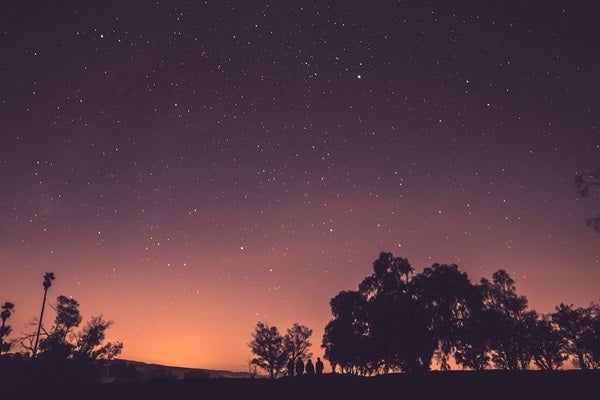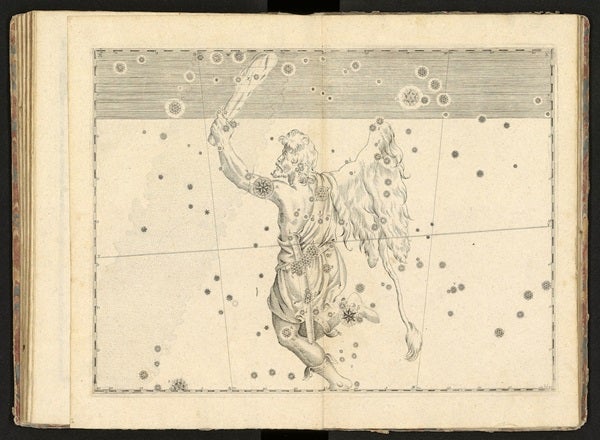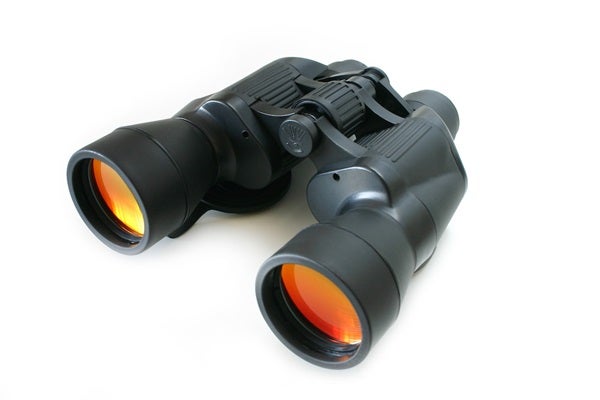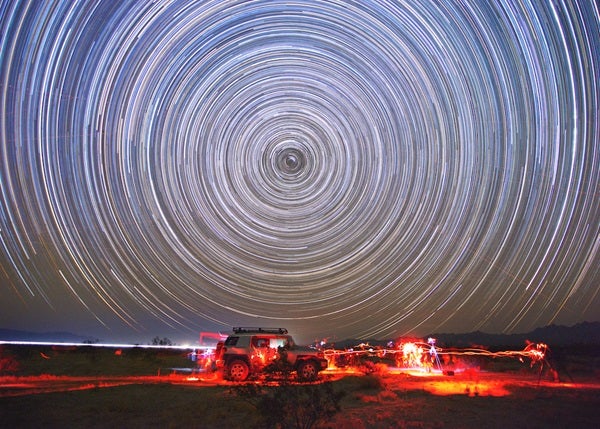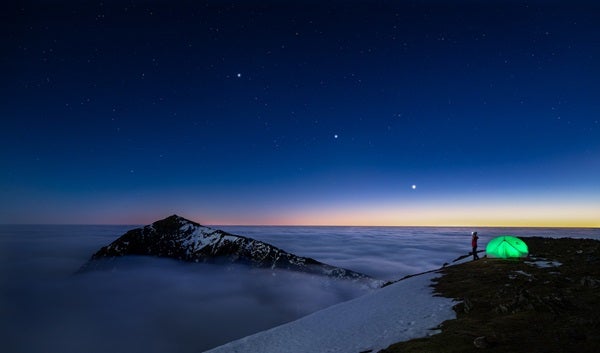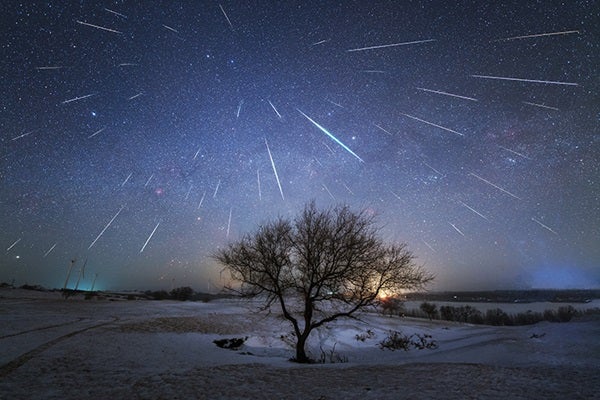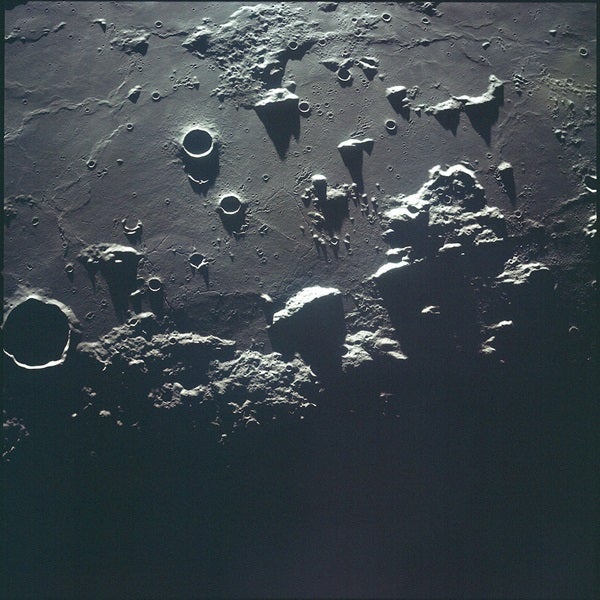I compiled my first version of this list in 2004 as a list of tips to help you get the most out of your time at the eyepiece. Well, it’s time for an update. This time, I’m not going to list something for every letter (I still don’t know any amateurs who have X-ray telescopes!), but I’ll make up for that with a few multiple-letter entries. Most are new, but several have stood the test of time. I discovered some of these myself, while others were passed on to me by friends at nearby telescopes. I hope they’ll all help you become a better observer.
Astronomical Twilight
Astronomical twilight happens when the Sun is 108° from the zenith — that is, when the Sun is 18° below the horizon. Unless your target is the Moon, which you can observe much earlier, astronomical twilight is “go time” for amateur astronomers. After astronomical twilight (or before, if you’re viewing in the morning), there’s no sunlight to hinder viewing.
Barlow lens
This type of lens (which you insert in the telescope’s focuser and then put an eyepiece into) increases the effective focal length of a telescope and magnifies its image. A 2x Barlow doubles the focal length and the eyepiece will provide twice the power. If you choose your eyepieces carefully, adding a Barlow can give you a much wider range of magnifications.
Bayer letter
Greek letter designations first appeared on star maps in Uranometria, a work by German astronomer Johann Bayer in 1603. He assigned the first letter, Alpha (α), to the brightest star in each constellation. Then came Beta (β), Gamma (γ), and so on. Well, mostly. Bayer’s rankings have a few mistakes (see Orion, for example). My point is, if you’re going to use star charts, you’ll find it helpful to learn to identify the Greek letters.
Binoculars
High-quality binoculars should be part of every observer’s kit. For magnification, choose 7x, 8x, or 10x. The front lenses, however, should be at least 50 millimeters across. Smaller ones just don’t collect enough light.
Circumpolar star
This term describes a star that always lies above an observer’s horizon, no matter the time of day or season. At the equator, no star is circumpolar. At the North or South Pole, all stars are circumpolar. At any other latitude, a star whose declination is greater than 90° minus the observer’s latitude will be circumpolar.
Collimation
Owners of Newtonian or Schmidt-Cassegrain telescopes who don’t have them set up in a permanent location should collimate their scope, or align its components, prior to each observing session. I know it can be a pain, but to ignore it means your telescope won’t perform at its best. (For more on the topic, see “How to collimate your scope” in the May 2019 issue.)
Dark adaptation
In the first 30 minutes in a dark setting, the sensitivity of our vision increases 10,000-fold, with little gain after that. Brief exposure to bright light temporarily reverses the gain, though how much you lose depends on how long the light is on; a strobe flash that lasts just an instant does less damage than a bright light lasting a few seconds. If you need to turn on a light during your observing session, opt for a red light. At night, your eyes are most sensitive to this wavelength, so you’ll need less light to see clearly.
Eye patch
Cover your observing eye with a patch when you start to set up, and by the time you finish, you’ll have a fully dark-adapted eye. Then switch the patch to your other eye so you can keep both eyes open at the eyepiece, a technique that reduces eye fatigue. Oh, and before you use your faint red light, move the patch back to your observing eye.
Focus
Here’s the most important tip on this list. Each time you put your eye to your eyepiece, and whenever you change eyepieces, focus. If you don’t, you’re wasting good observing time.
Flamsteed number
Ever wonder where the designation “61 Cygni” comes from? Numerical designations for stars brighter than about 7th magnitude first appeared in Historia Coelestis Britannica, a star catalog by English astronomer John Flamsteed published in 1725. He numbered roughly 3,000 stars.
Gegenschein
Also known as the counterglow, this faint light is sometimes visible at a point 180° from the Sun. It occurs as sunlight is reflected from interplanetary dust particles. You’ll see it best in Pisces in September and western Virgo in March because those two areas of the ecliptic are farthest from the Milky Way, which will hide the gegenschein’s faint glow.
High-altitude observing
Amateur astronomers routinely travel to mountaintops to observe. Be aware that this alters your color perception and raises your limiting magnitude. Most people notice small changes when they travel 2,000 feet (600 meters) above where they live, but the higher you go, the more change you’ll see.
Horizon
We usually define the horizon as where the celestial sphere intersects Earth at every point. Here’s the problem: Most non-ocean locations don’t offer a true horizon — that is, one 90° from the zenith. Mountains, hills, trees, and buildings can all obstruct your view. Be aware that the times celestial objects rise and set will be affected by your local horizon.
Intoxication
Ever notice that all observing guides recommend you bring non-alcoholic beverages when you observe? The reason is simple: Alcohol impairs vision.
Know your equipment
You just bought a new telescope. Don’t be in a rush to take it to a remote site. Set it up at home first, and in the daytime. (Just don’t point it at the Sun.) Any problem you uncover in the light will be one less issue you’ll have to deal with in the dark. And if you do come across an issue, at least you’ll be familiar with the scope!
Limiting magnitude
The best way to get a feel for the quality of your observing site is by measuring its limiting magnitude (LM). Most observers determine LM by identifying the faintest star they can see at the zenith. Others like to use the region around Polaris (Alpha Ursae Minoris) because the same stars are visible year-round.
Meridian
An observer should always know the position of the meridian. It’s the great circle that passes through the zenith and the celestial poles. So, find Polaris, draw a line to the zenith, and continue south. When an object lies on the meridian, it has reached its highest point and is best placed for observing.
Mosquitoes
Mosquitoes are attracted to heat, carbon dioxide, and movement, so swatting at one is essentially an open invitation to others. The most effective mosquito repellents contain DEET, which stops a mosquito from biting by jamming the insect’s antennae cells that are sensitive to lactic acid. Treat your clothing as well as exposed skin.
New General Catalogue (NGC)
Most observers are familiar with at least the main Messier objects. The NGC is a more extensive catalog of deep-sky objects published by Danish astronomer John Louis Emil Dreyer in 1888. The original listed 7,840 objects and was followed by a supplement (the Index Catalogue) of 5,386 more. Get familiar with the designations and positions of some of the most impressive NGC objects to expand your repertoire. A few of the brighter ones to consider are NGC 457 (the Owl Cluster), NGC 869 and NGC 884 (the Double Cluster), NGC 5139 (Omega Centauri), and NGC 7293 (the Helix Nebula).
Observing chairs and ladders
When observing, comfort is everything, and nothing says comfort like a high-quality observing chair. Good ones have sturdy construction and padded seats, and are easily adjustable. And while chairs work fine for refractors and Schmidt-Cassegrains, large Dobsonian-mounted scopes require a ladder. In this case, you’re looking for ones that feature wide, rubber-coated steps and a utility tray.
Position angle
Learn where north is when you look in your eyepiece. Many times, observing guides will give the position angle (P.A.) of one object in relation to another, brighter object. This angle is measured from north through east. For a double star, it’s the line joining the primary with the companion star.
Questions
Good observers have a list of questions memorized that they answer when viewing an object. For a planetary nebula, questions might be: “Can you see the central star? At what magnification?” “What shape is the nebula?” “Is any color apparent?” A common set of questions reminds you to look for common details, especially when you’re tired.
Radiant
When you head out to observe a meteor shower, memorize in advance the position of its radiant. This point, toward which Earth is traveling in its orbit, is the shower’s apparent origin. All the shower meteors’ paths trace back to it.
Seeing and transparency
Seeing is a measure of the steadiness of the air. Transparency is a measure of how clear the sky is. Weather has a huge impact on both. An air mass colder than the ground will produce unsteady air, but it’s also usually dust free. An air mass warmer than the ground can hold lots of dust, but images will be steadier. If a cold front has just passed your site, the seeing probably won’t be good for at least 24 hours. Seeing can be good if thin cirrus clouds are above you, except when they combine with low-level crosswinds.
Site selection
When you’re looking for an ideal observing site, three things count. First, it must be free of most light pollution. Second, the air must contain few aerosols (dust, air pollution, and water droplets). And third, it should be at an altitude between 5,000 and 8,000 feet (1,500 and 2,500 m). Of course, not everyone can get to such a site, but choose the one that best approximates these features.
Terminator
Features along this line, which marks the boundary between the sunlit and dark hemispheres of the Moon, should be your targets each time you observe our lone natural satellite. At the terminator, it’s either lunar sunrise or sunset, and shadow detail is at its best.
Vitamin A
Your eyes need vitamin A. An amateur astronomer whose diet is low in this nutrient won’t have great night vision, and a severe deficiency can cause night blindness. You can get it from eggs, cheese, liver, carrots, and most green vegetables.
Your speed
Some observers spend an hour or more on a single object, endeavoring to glean every bit of detail possible. Others take a leisurely pace between five and 15 objects per hour. Take the time to discover what observing speed works best for you.
Zoom eyepieces
If your budget for observing accessories is limited, consider a zoom eyepiece. Such an accessory will provide a range of magnifications at a cost much less than each of the individual eyepieces in its range combined. And fortunately, the quality of today’s zoom eyepieces is much better than those of even a decade ago.

